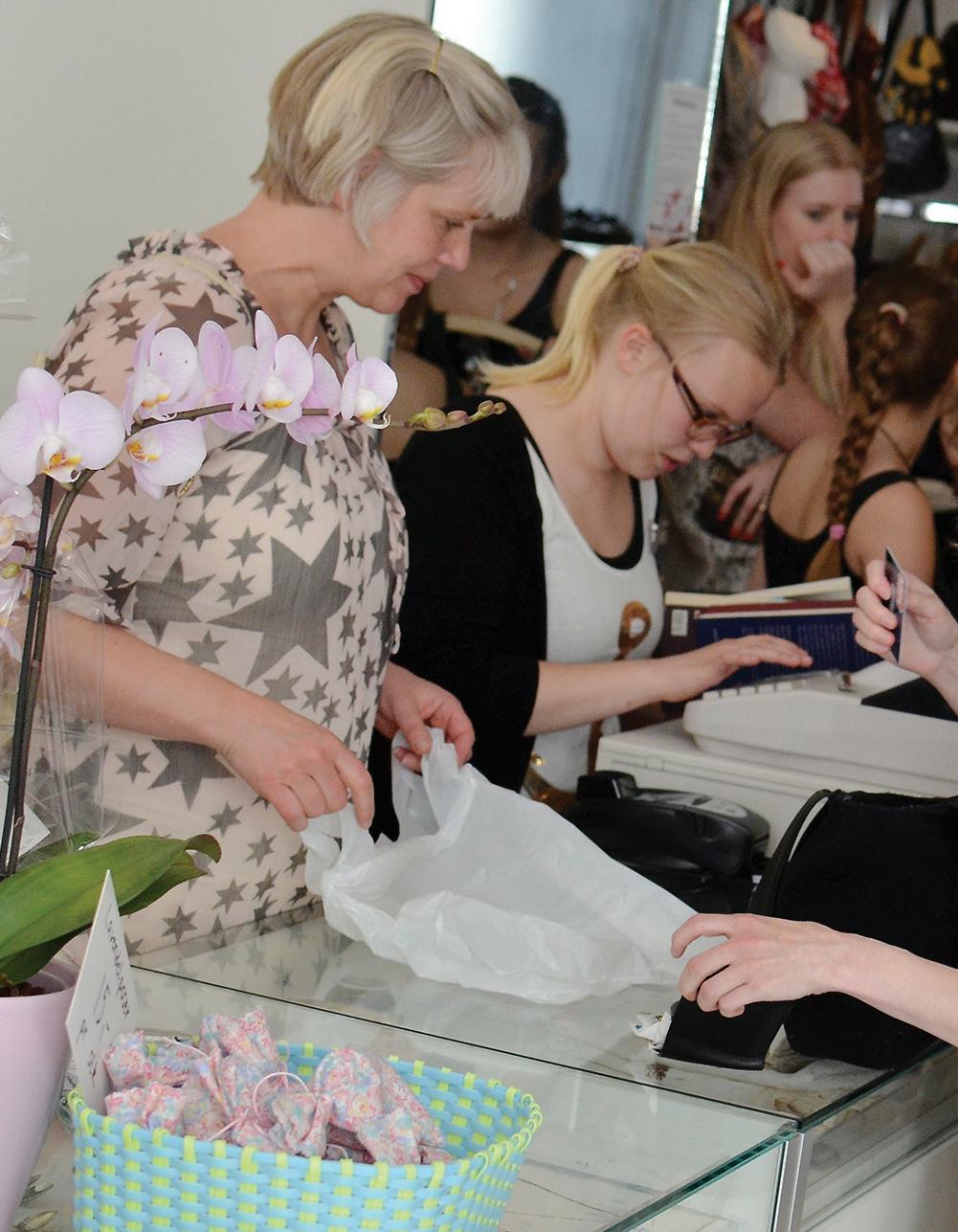The official mission magazine of the Seventh-day Adventist® Church VOLUME 2 • NUMBER 3
4
10
14
28
30
The Paparazzi
Impostor Finding My
Voice
Lessons From a
Prostitute Adventures of a
Reluctant Missionary The Throwaway
Baby
Digital Issue Online at Mission360Mag.org










